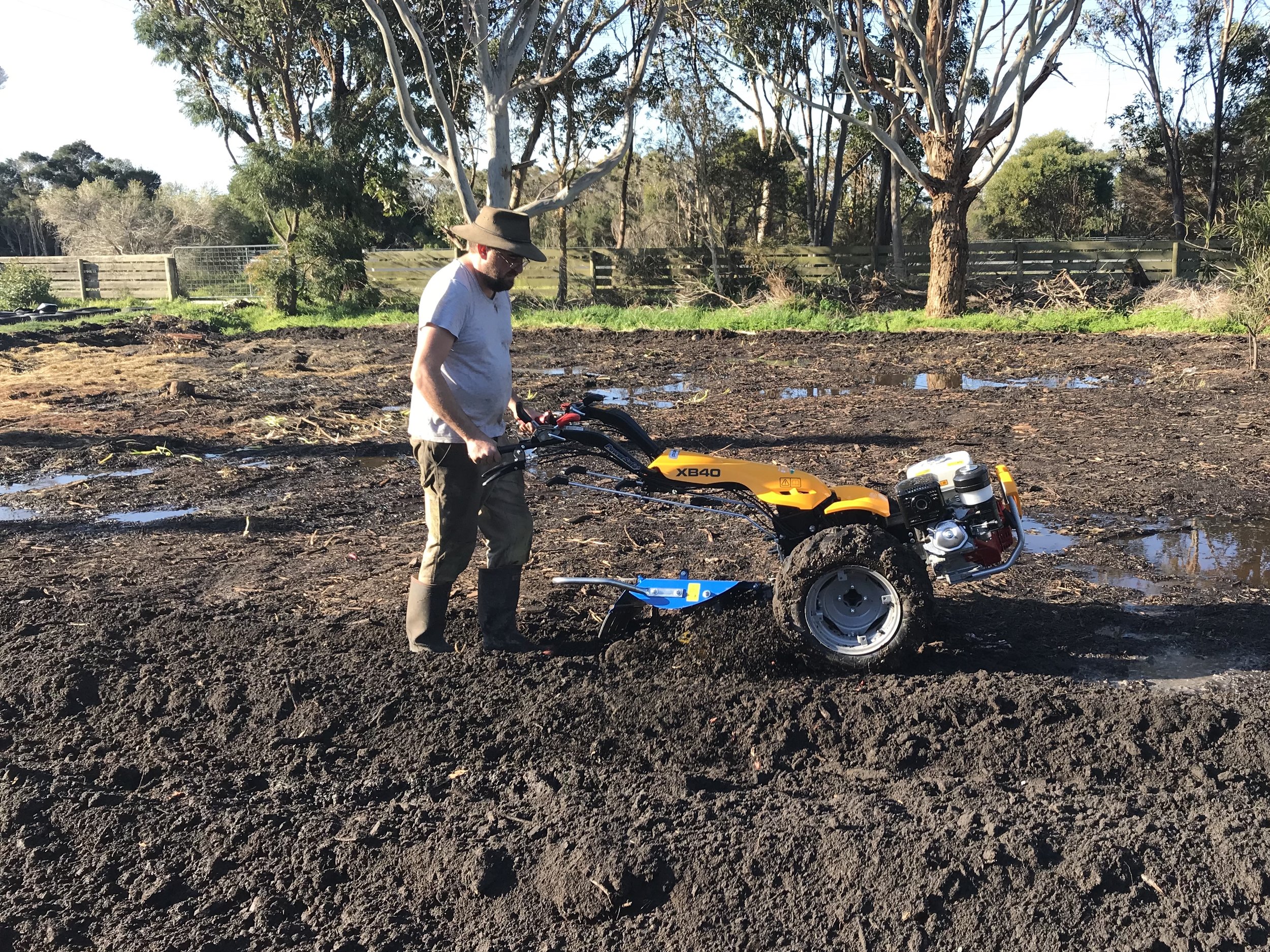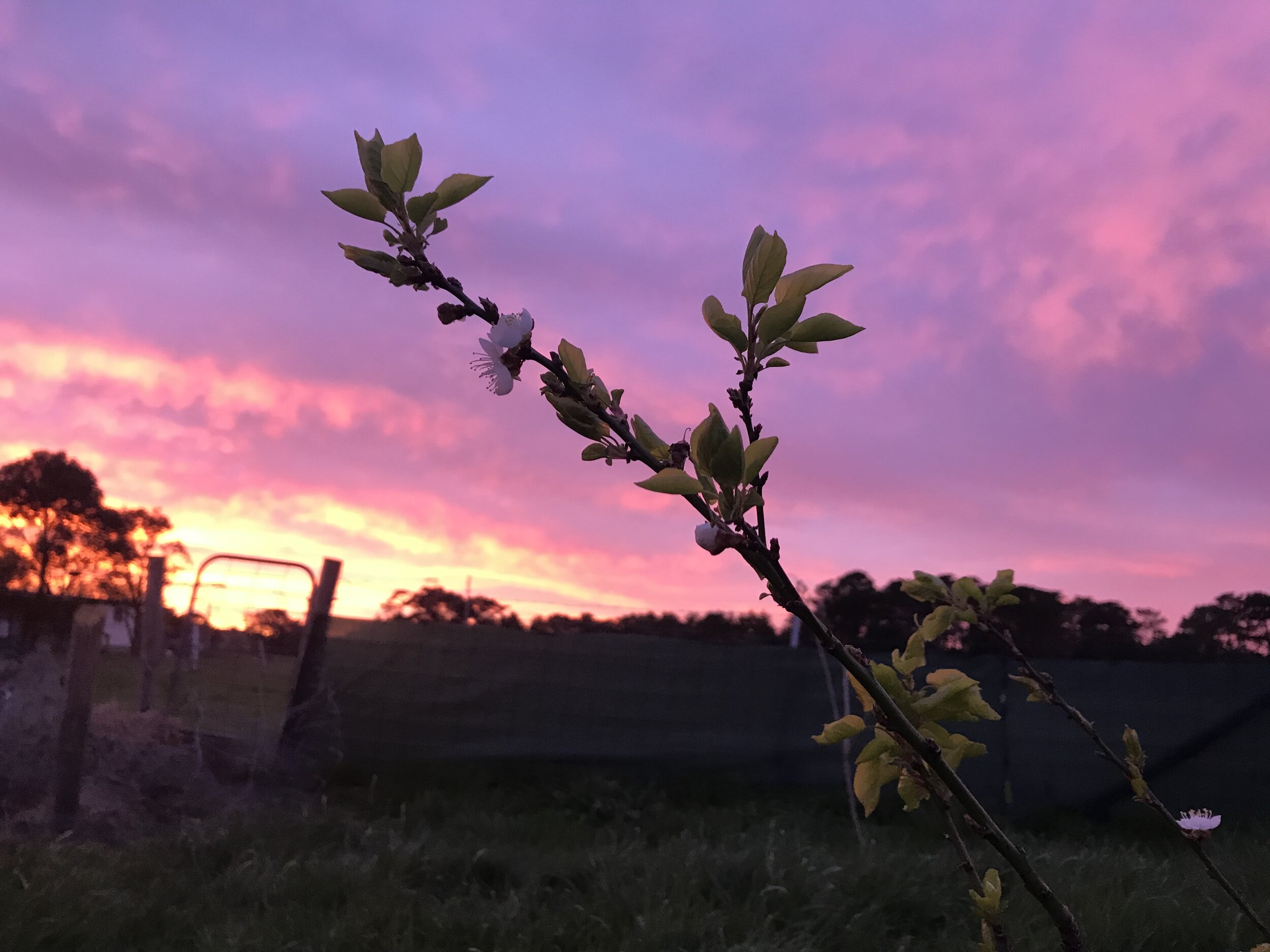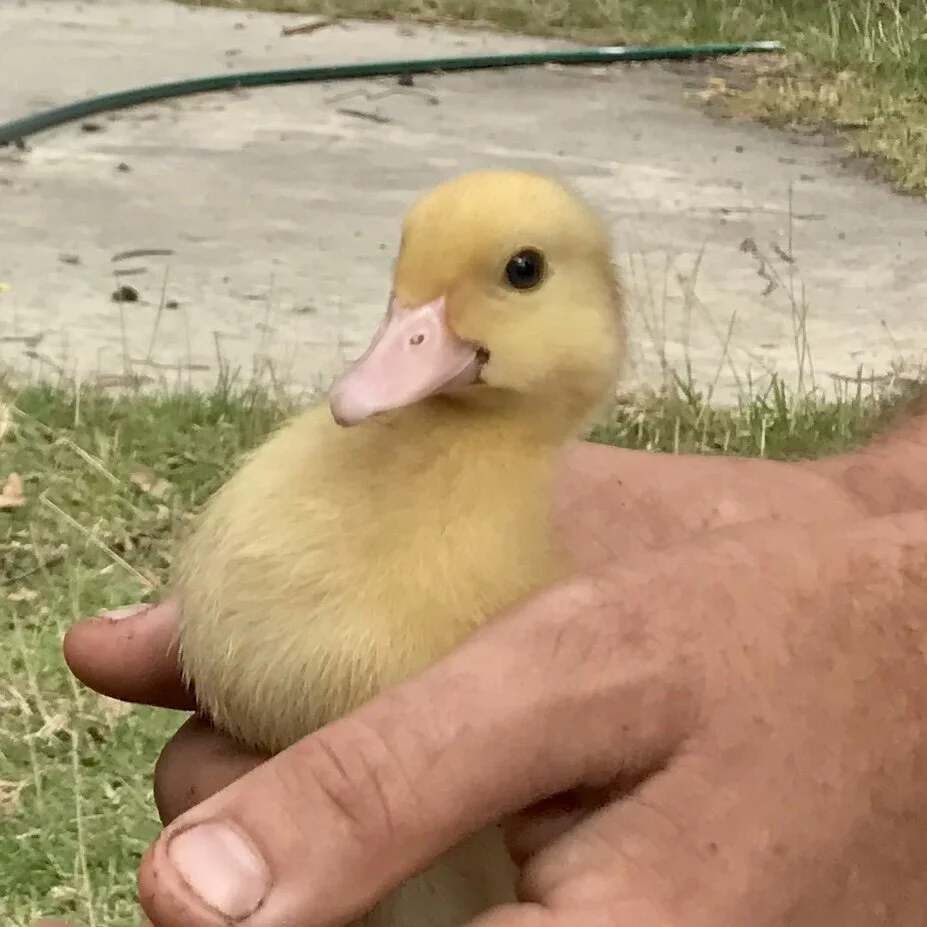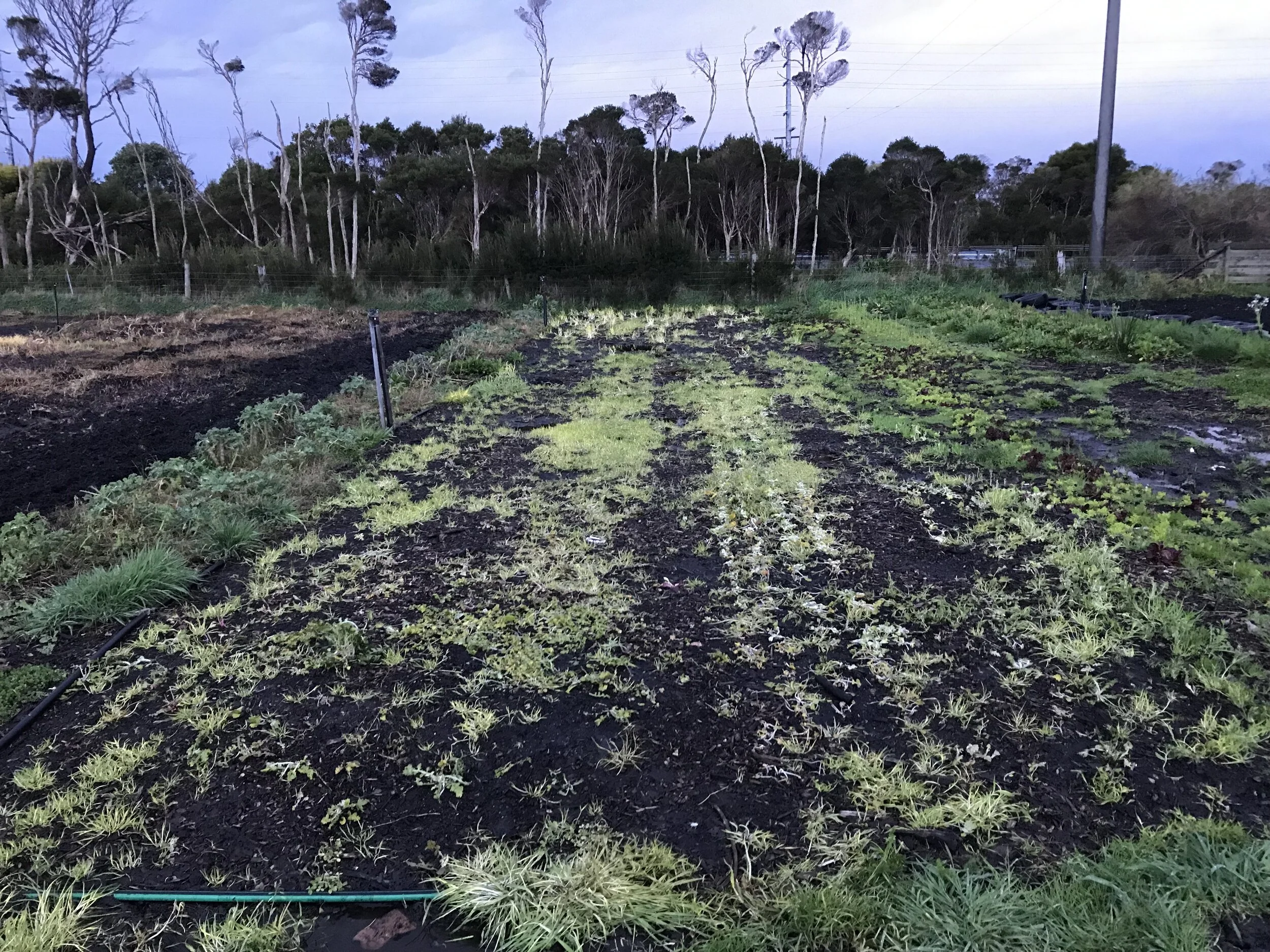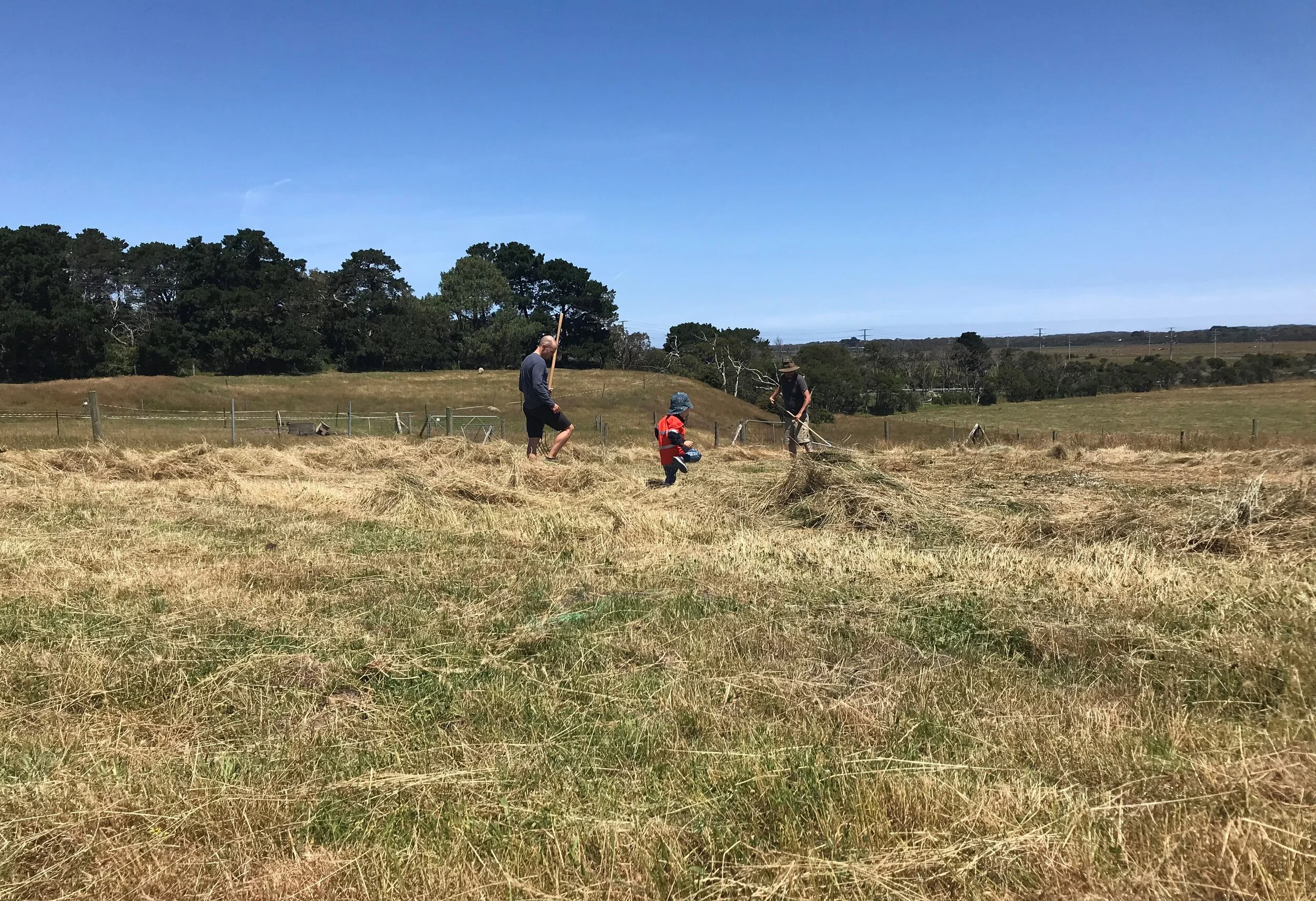People say you shouldn’t try and do too many things all at once when you start farming (or any new business venture probably). This is very practical advice, because you can end up doing several things poorly rather than a couple of things well, especially if you have some learning to do along the way.
Practical advice which we basically ignored out of sheer enthusiasm and a ‘life’s too short’ attitude. But throwing caution to the wind and getting stuck into several projects at once actually helped us figure out what works for us, and what might not. We moved onto our property full-time a little over a year ago, and although there are things we knew we should have done differently from the beginning, we’ve also been surprised by other things in that time, both positive and challenging. Here are some examples.
Creating habitat requires more patience and persistence than expected
There’s a saying: “a society grows great when old men plant trees whose shade they know they shall never sit in”. Let’s imagine the society is our farm’s ecosystem, and the old men are actually a couple in their thirties. We need trees, badly. For shade, wind break, food, habitat, carbon uptake. But we also know trees take time – sooo much time. We have to keep telling ourselves versions of this proverb when we get disheartened about trees. But our tree projects are struggling. Whether it be from too much wind, too much rain, not enough rain, being eaten by livestock, being eaten by wildlife… the poor trees can’t catch a break.
We will persist, because our regenerative goals demand it, and our animals love them (and so do we). But it’s been a stark reminder of how fragile young trees are and yet how badly our planet needs more of them.
You don’t always want your ducks in a (garden) row
Butter wouldn’t melt in this little beak, right?
Well, did you know that ducks can climb fences? Ours can also climb poultry netting and wooden barriers, slip through the tiniest of spaces, and they don’t seem too bothered by hot wires either. And ducks REALLY like brassicas and other leafy greens. Not a great combination on a veggie farm!
We’ve tried several things to manage where our ducks go on the farm: trimming their wings (this does not hurt them), building them a house far away from the gardens, feeding them far away from the gardens, using different types of netting on our fences, giving them access to unlimited grass and an enormous pond… but some still find their way back into the gardens.
We’ll continue to experiment with how to keep free range ducks and vegetables in harmony, because ducks are amazing for many other reasons, but it’s something we will have to keep an eye on because our vegetables are our first priority, and our livelihood.
Knowing your limitations and how to adjust
When we were learning about small scale market gardening, we learnt from people who had already been making market gardening work for years, had made all the mistakes already, and made improvements many times over. But no amount of learning can predict what will happen in individual situations, and what works for one gardener will not always work for another.
For example, gardening where there is snow in winter is very different to gardening in our environment where there is none. Also, the swampiness of our farm is a surprise that keeps on giving – just when you think it can’t possibly get any wetter…
(Admittedly, this is a problem we’re lucky to have in Australia, and a problem we only have for half the year).
We have spent a year committed to using only hand tools in our market garden, and no machinery. For the most part this will continue, but we have decided to invest in a small two-wheel tractor to help us with garden bed preparation. This is why:
The image above depicts one of our garden plots after being under tarps for four months. The tarps did a great job of composting the leftover vegetable matter, but all of the grass remains. It was overwhelming to say the least, and a daunting task to deal with for just two people with our own physical limitations.
This piece of equipment has already made a huge difference to our gardening, helping us remove the unwanted grass and building up the garden beds at the same time, making this part of our job at least ten times faster than we normally would be. Eventually we hope to replace this tractor with work horses, but that is a commitment that we can’t rush into. Fortunately, our little machine is still considered ‘low till’, and is not something we need to use every day once our garden beds are set up for planting.
Nothing else has changed about the way we’re farming, but this way we’re making some things a little easier for ourselves so we can produce more efficiently. We had a great first season considering we were starting from scratch using only hand tools, and we’re really proud of that, but nobody really knows the toll that takes behind the scenes.
I guess my point here is that it’s okay to make changes to your plan, even if it seems like you’re veering away from some of your goals. We have time to work on all of our goals, but time means very little if our backs and spirits break first!
Eggonomic growth
In one year we’ve gone from two chickens to 140 chickens. We didn’t intend to grow the egg business so quickly initially, but when our friends at Kilmorack Farm decided it was time to focus on other things, we took the opportunity to rehome a caravan and several of their hens to add to our steadily increasing flock.
And good thing we did too – those eggs have kept us going all winter, both nutritionally and financially! We are happy with the size of our flock now, but we’re also working on our breeding program at the same time to ensure we have replacement layers in the future – and we’re having some fun with raising different crossbreeds.
Happy as muddy pigs
Our pigs were one of the first animals to come onto the farm, and they’ve been one of the best decisions we made, especially considering we were new to pigs. We made a point of handling them a lot as youngsters and it has really paid off. Our breeding pair have never shown aggression to us or any other animals, to the point where our ducks and chickens can sneak food out of our boar’s trough while he’s eating, knowing they’re not in danger. The gentle giant is also extremely good with his piglets, letting them climb all over him (and even try to feed from him on at least one occasion).
The pigs do an amazing job of digging up our paddocks, and they have never caused us any trouble. The product we get from the meat pigs is delicious too, and we feel so lucky to have access to healthy, ethical, zero-miles pork.
Community is everything
This one is definitely a positive. Right from the beginning we have received overwhelming support and encouragement for what we are trying to achieve here. We have a number of regular customers who are enthusiastic about our produce and patient when we don’t have any; we have neighbours, friends, and family who have helped us out in a tight spot more times than we’d like to admit, because they know what we’re dealing with; and we have future customers who are waiting to jump on board when we can supply more.
Social media may have it’s downfalls but for us it has been a great way of connecting with like-minded locals. We’re so thankful for all of these people and filled with motivation to keep growing food for our wonderful community.

